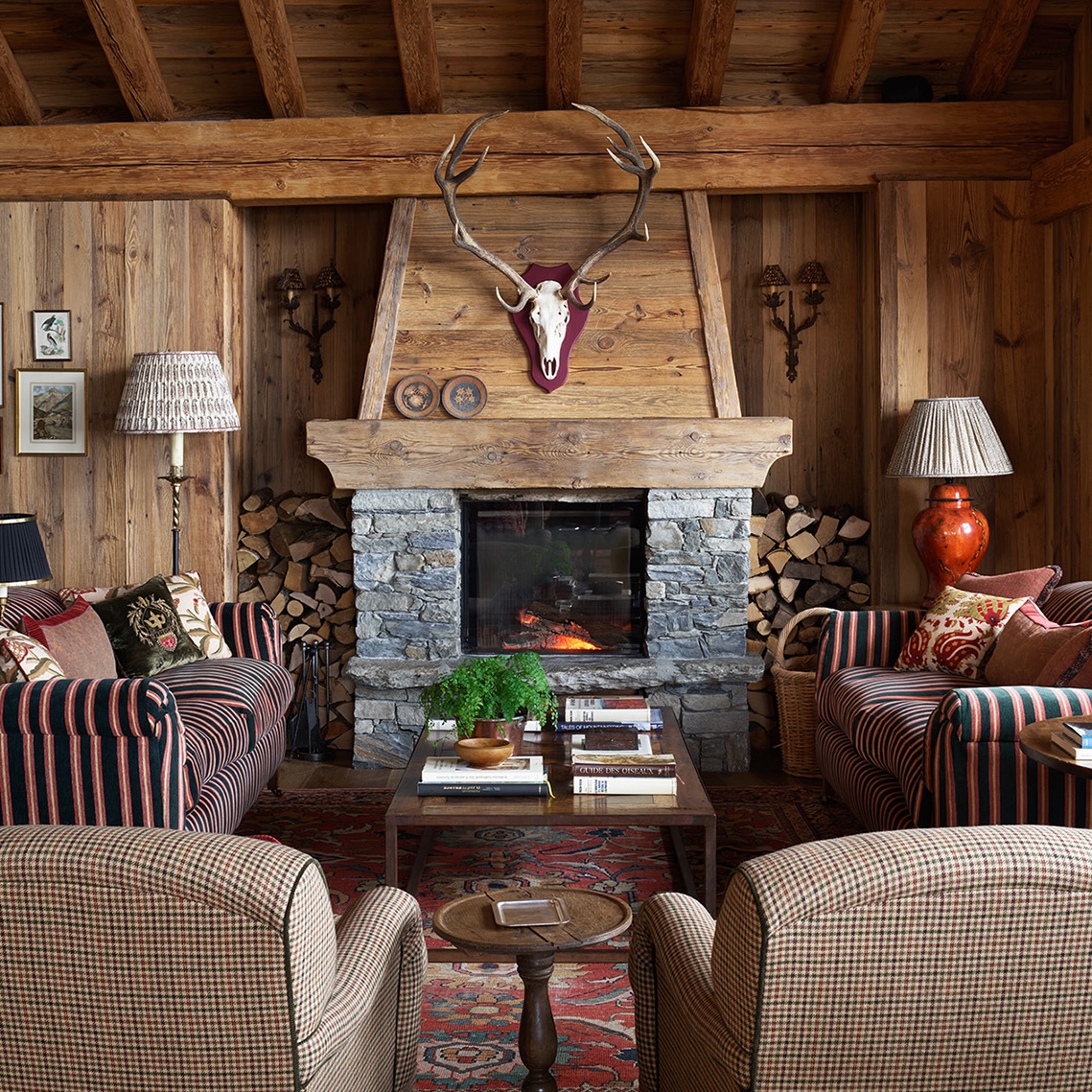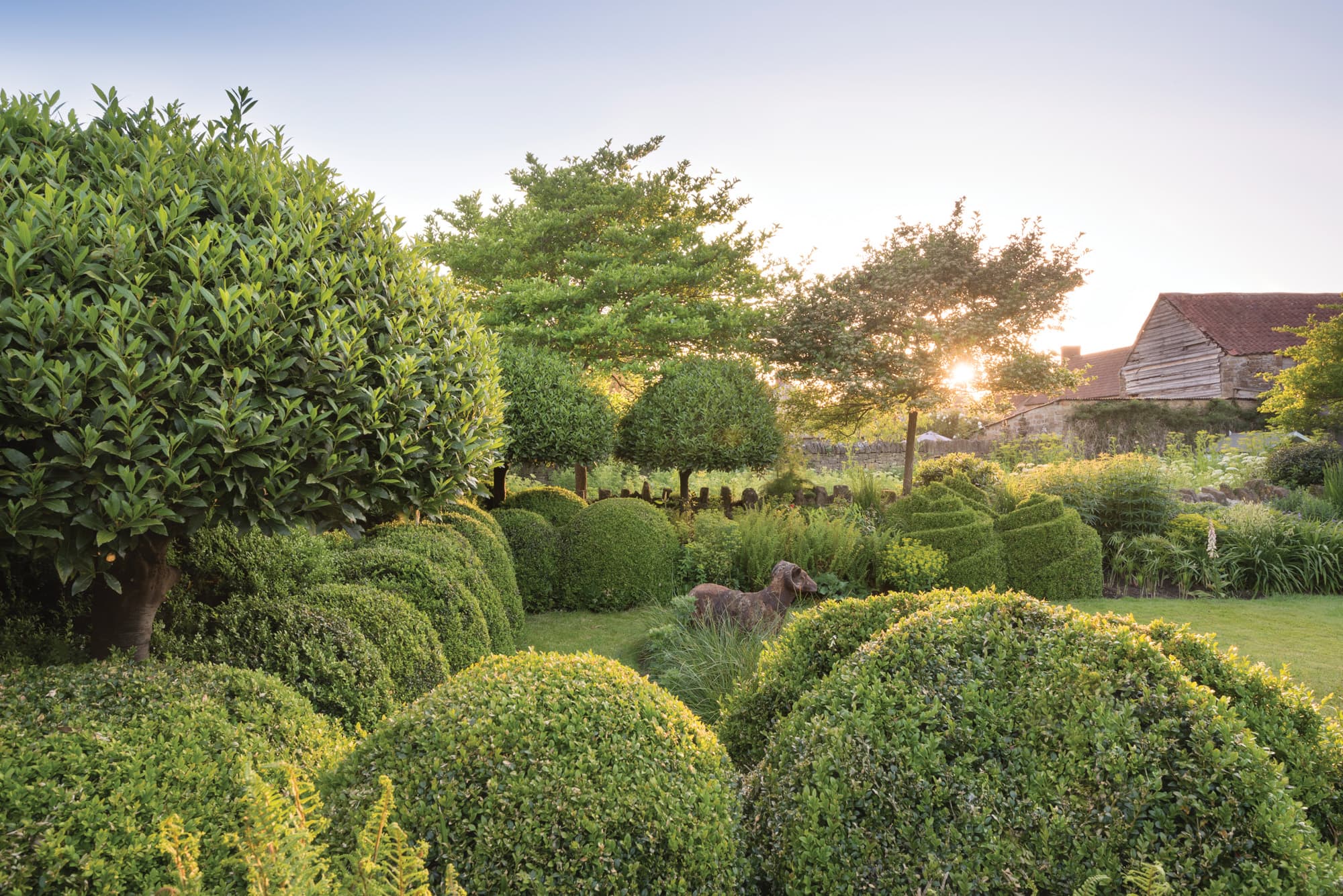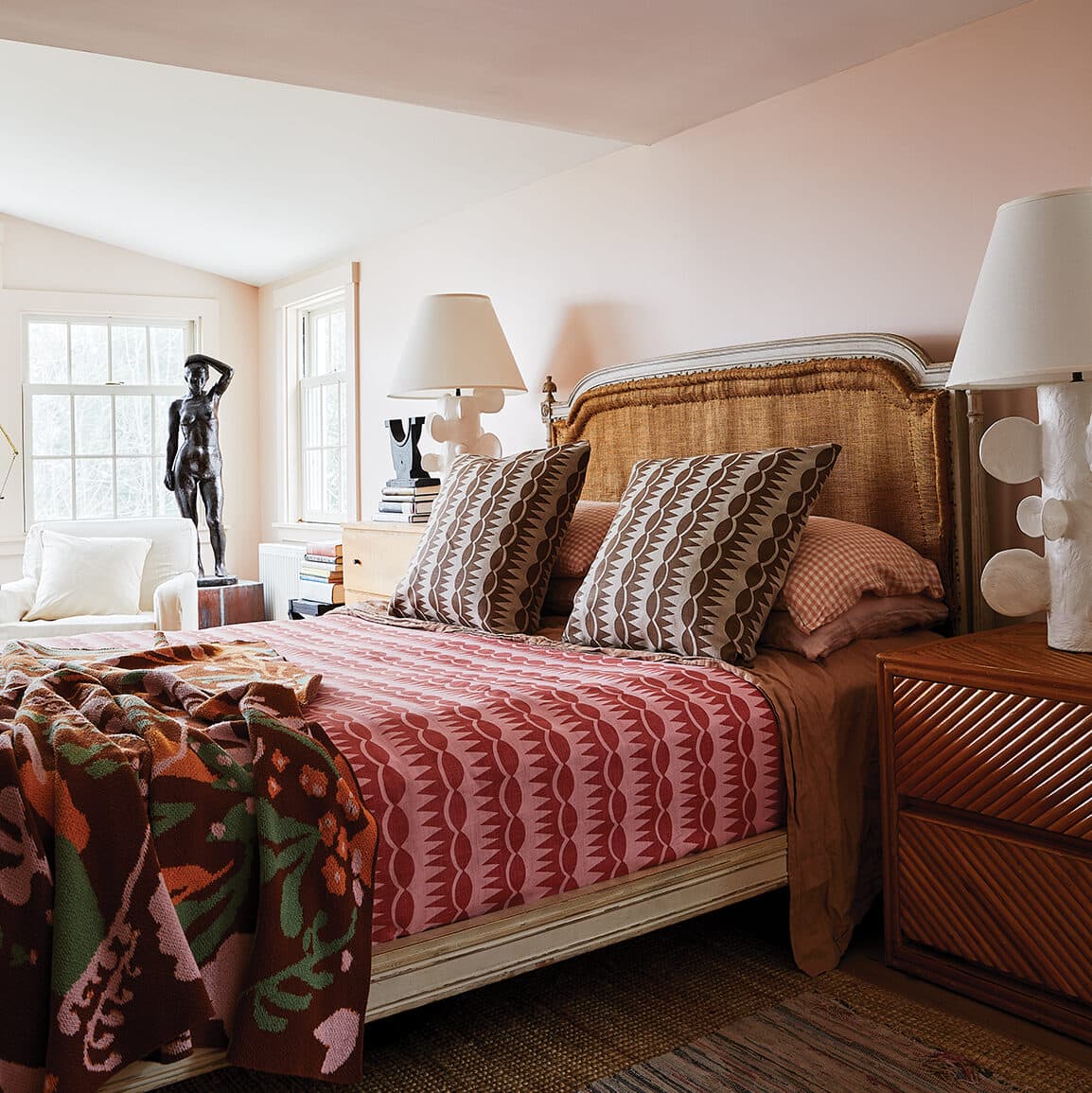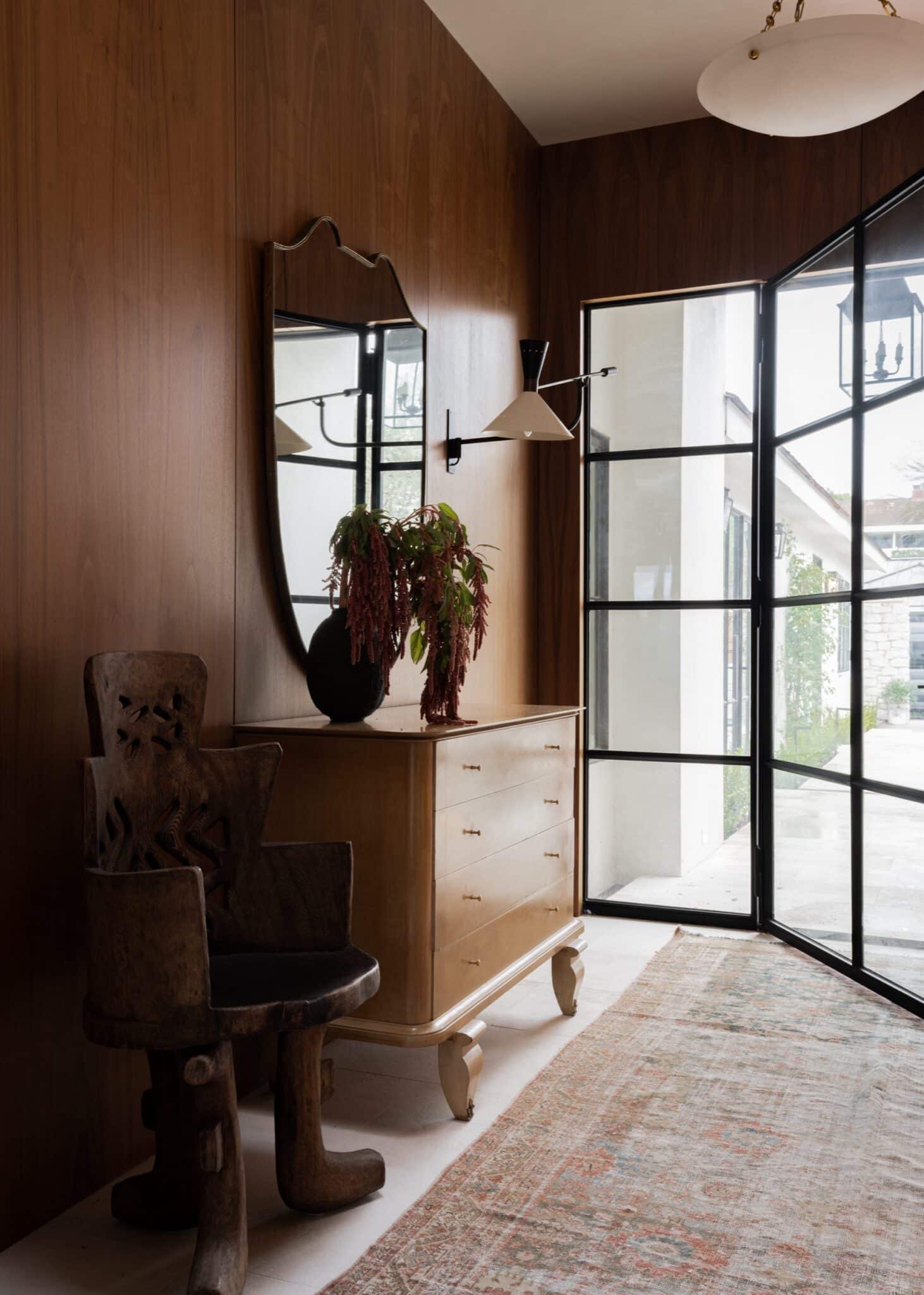Even for the most experienced designer, creating a kitchen that’s both beautiful and practical can present a daunting challenge. That’s why savvy homeowners and decorators alike flock to the experts at Plain English. Based in Suffolk, England with showrooms in New York, London, and Los Angeles, the 30-year-old brand specializes in bespoke kitchens with a distinctly British flavor that are built to last a lifetime while looking effortlessly elegant all the while. We spoke to founders Katie Fontana and Tony Niblock to get the inside scoop on their kitchen design philosophy—read on for their tips for balancing form and function with effortless aplomb.
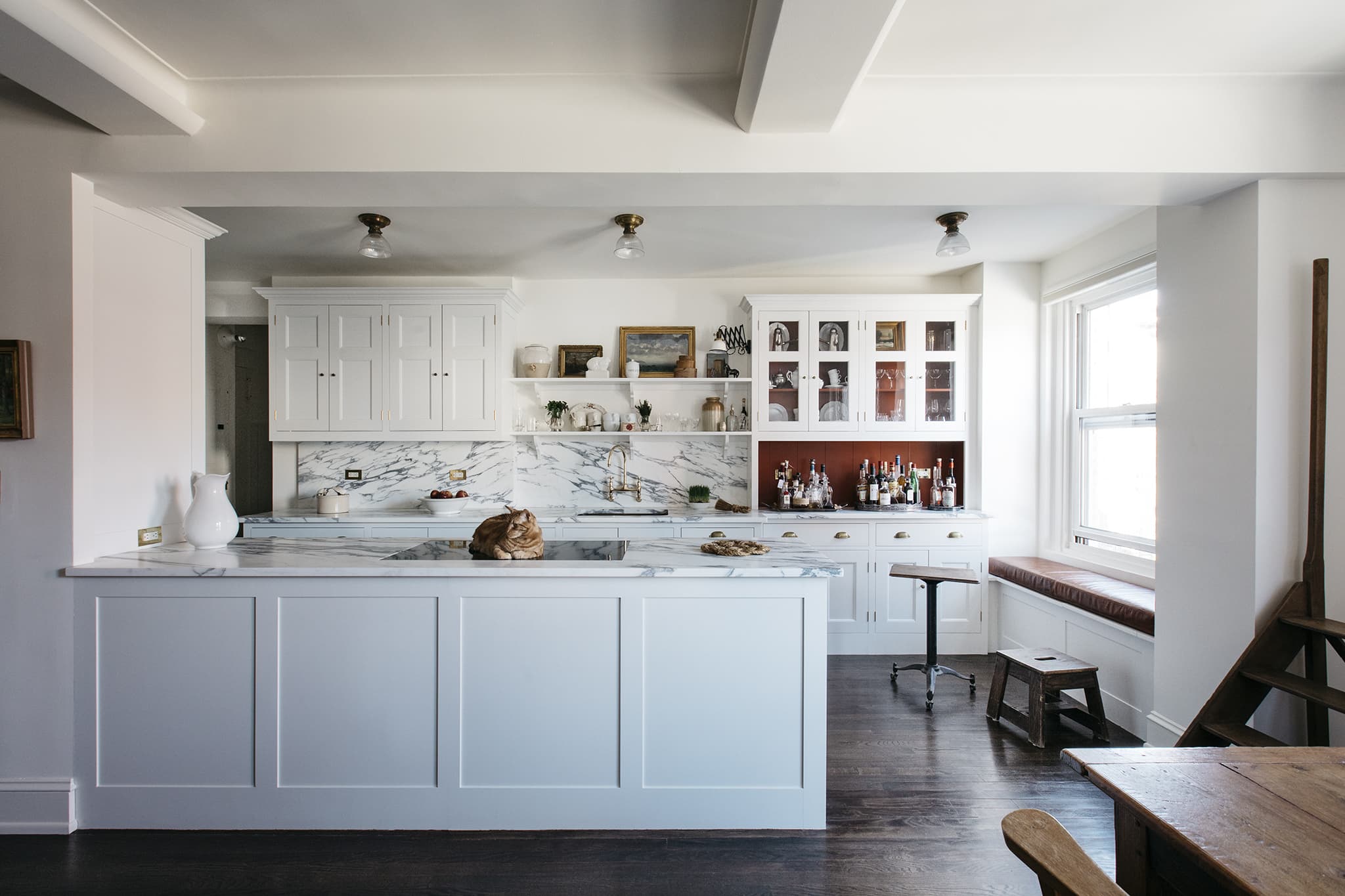
Chefs and restauranteurs Rita Sodi and Jody Williams worked with Plain English to design their New York kitchen; a tall storage cabinet feels like an antique piece.
Courtesy of Plain EnglishFind Inspiration in History
Fontana and Niblock take much of their inspiration from 18th-century Georgian estate kitchens, which were laid out with maximum efficiency in mind. “From a design aspect, it really has never been bettered,” says Fontana. “It was a perfect coming together of craft and detail, all at a human scale.” Georgian kitchens were generally comprised of multiple utilitarian structures: a center table with drawers on opposite ends for easy access to tools from both sides, separate workstations that allowed multiple people to cook alongside each other, and countertops with sinks placed off-center to allow for space where dishes could dry. While you may not be preparing as many grand banquets as an 18th-century estate staff did, using those same strategies will help create a kitchen that’s just as efficient.
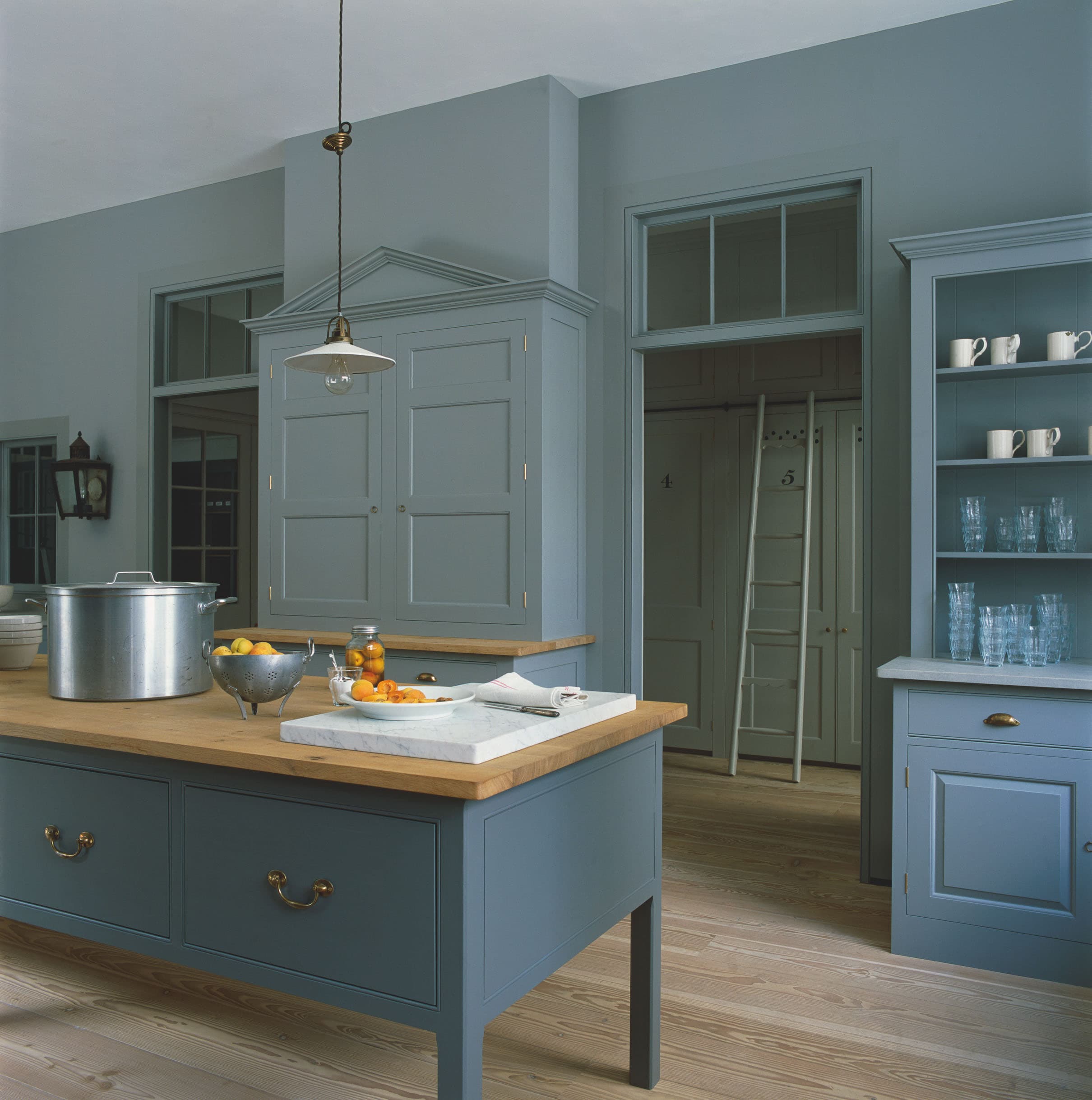
Clean lines and Georgian proportions take center stage in Plain English’s London showroom.
Courtesy of Plain EnglishDivide and Conquer
Instead of an enormous open-concept kitchen, consider multiple specialized rooms. “A big part of our design process is around making the best use of the given area, so if space allows, we suggest breaking up a large room into several ancillary ones that can act as effective storage and prep areas,” says Niblock. “It’s a tried and tested approach and I think people are coming back to it.” Larders, pantries, and sculleries optimize storage and function without obstructing precious square footage in the main kitchen with cupboards and appliances. And even windowless prep rooms don’t have to feel closed-in, says Niblock, who suggests using glazed or mesh screens between spaces to let light shine through.
-
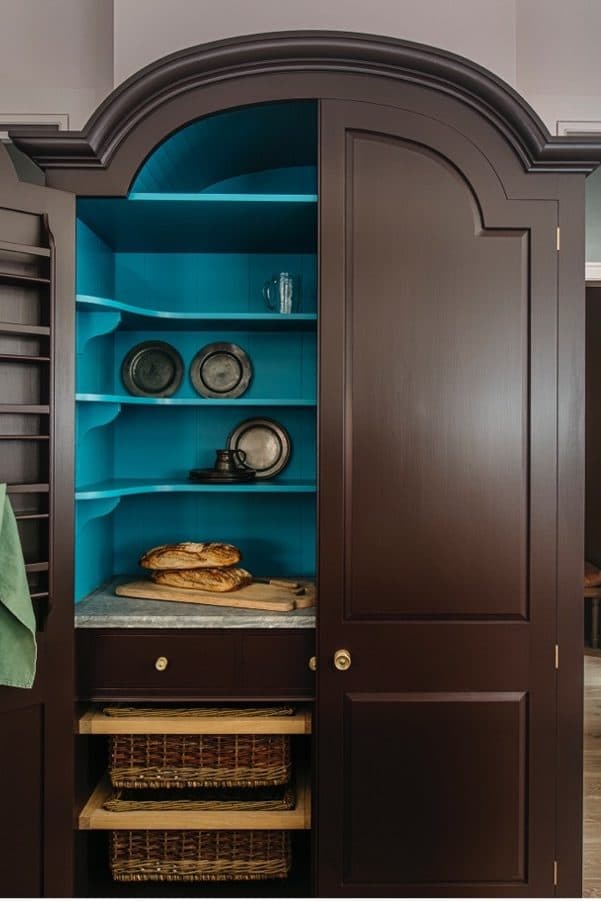
A cupboard conceals an extra workstation—and a surprise jolt of color.
Courtesy of Plain English -
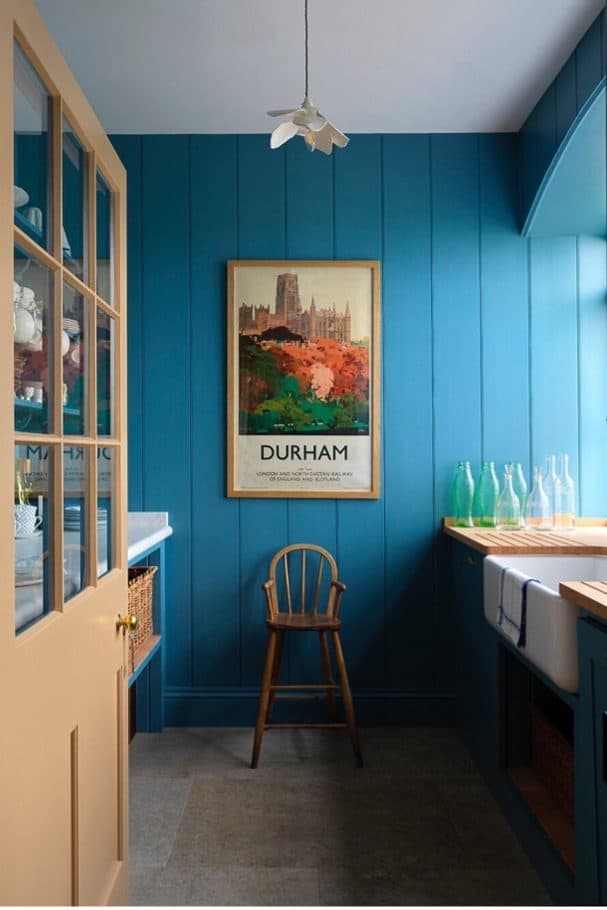
Designer Rita Konig‘s farmhouse kitchen features integrated drying space on either side of the sink.
Courtesy of Plain English
Prioritize Organization Over Abundance
One surprising revelation: You probably need fewer cabinets and drawers than you think you do. “After 30 years, I think I can safely say that the biggest misconception people have is around the amount of storage they will need,” says Niblock. When starting a project, the Plain English team works with clients to understand their particular needs—what tools do they use the most and where would they be most easily accessed?—and then designs bespoke organizational features (they call them “treats”) that make the most of even the smallest storage spaces, like pegs that keep plates in place in pull-out drawers, caddies for cleaning supplies or spices, and even ventilated racks to hold fruit and vegetables. “Properly thought-out interiors help a kitchen work harder,” adds Niblock.
-
 Courtesy of Plain English
Courtesy of Plain English -
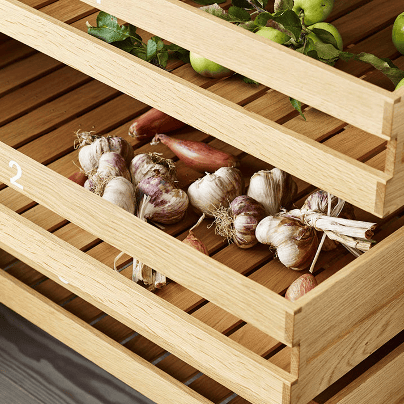 Courtesy of Plain English
Courtesy of Plain English -
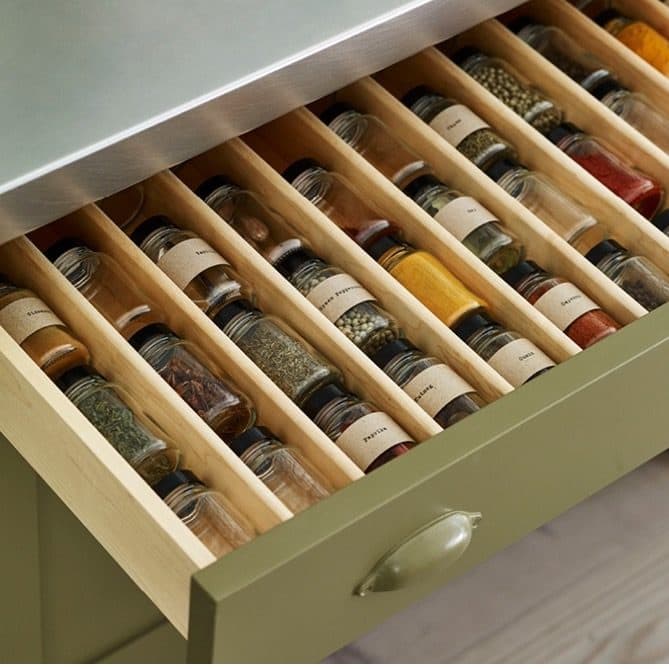 Courtesy of Plain English
Courtesy of Plain English -
 Courtesy of Plain English
Courtesy of Plain English
Invest in Sustainability
The kitchen is often the hardest-working room in the house, so make sure your materials are up to the task—and will keep up for years to come. Whenever possible, Fontana and Niblock suggest using real wood rather than metal or laminated MDF. While wood might be more of an investment up front, it often ends up saving money down the line, as it’s less prone to warping, melting, or staining, and is more easily repaired if damaged. Hand-forged hardware by resident ironmongers is meant to withstand decades (if not centuries) of opening and closing cabinets. The Plain English ethos is that kitchens are made to be used—whether it’s by cooks, young children riding tricycles through the hallways, or paws searching for crumbs.
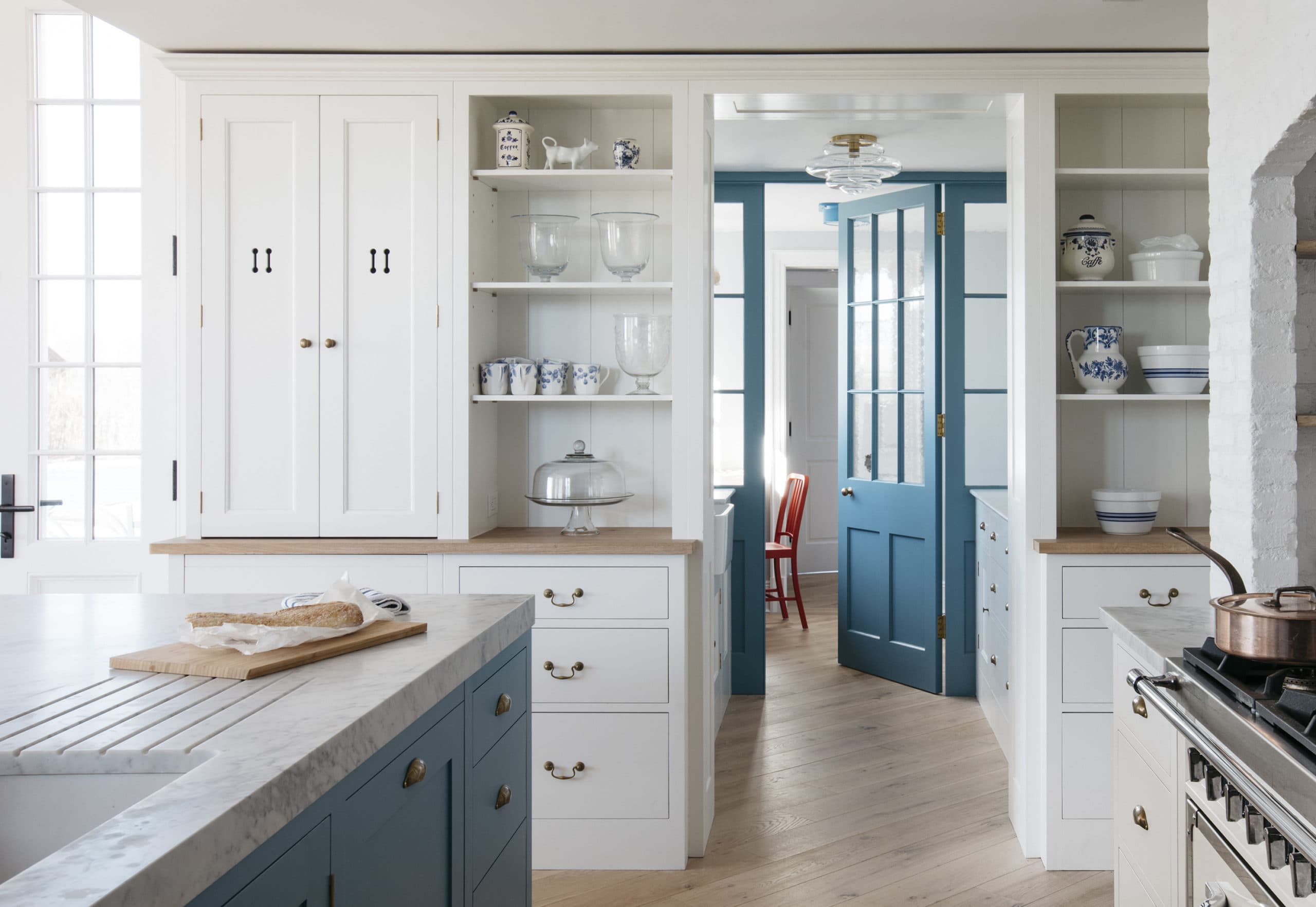
A slight gap between upper cabinets and ceiling maintains the feeling of freestanding furniture.
Courtesy of Plain English

